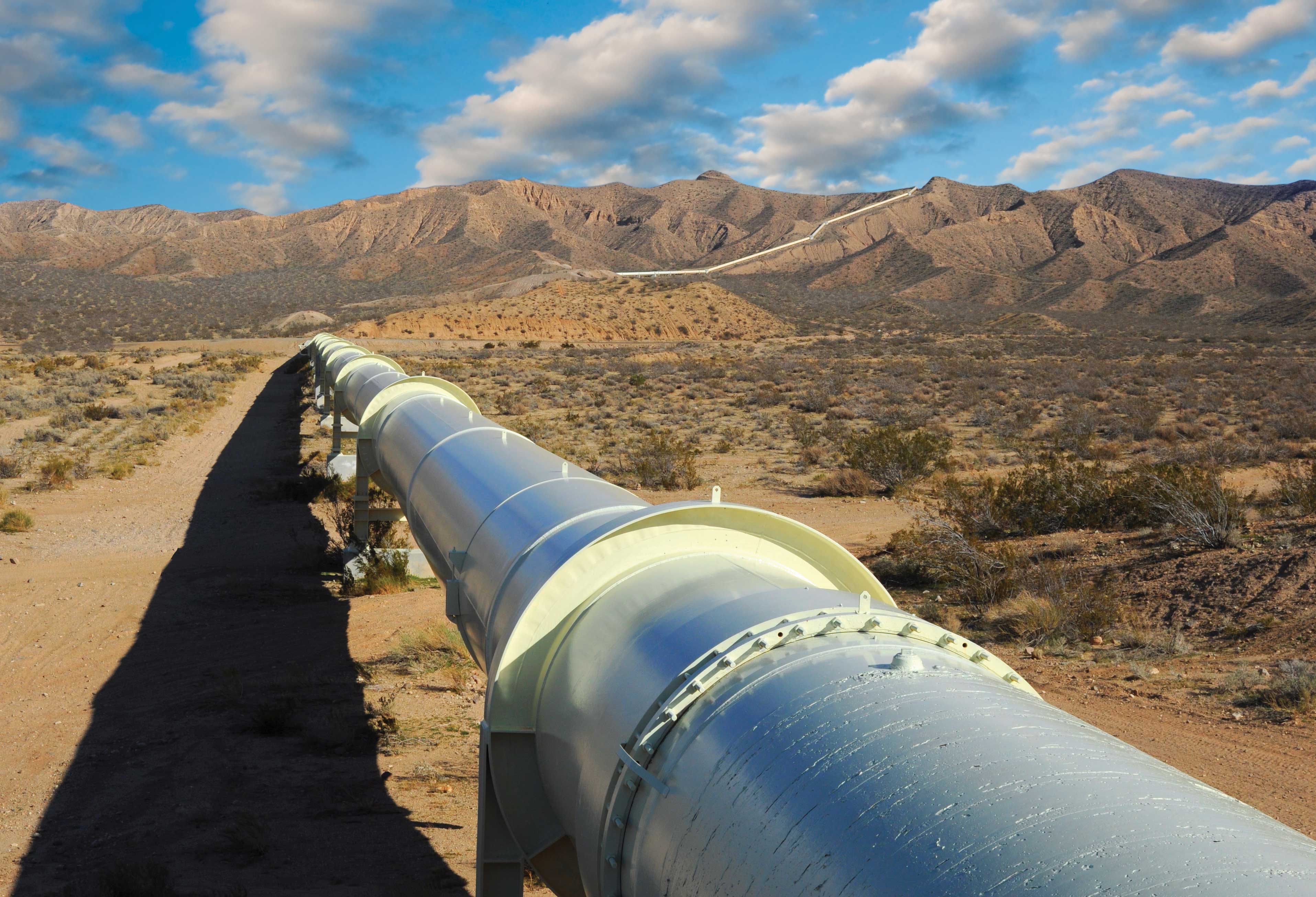April 2023, Vol. 250, No. 4
Editor's Notebook
Editor’s Notebook: California’s Pipeline, CCUS Quandary

By Michael Reed, Editor-in-Chief
(P&GJ) — California, in laying out a bold clean air initiative, has placed a great deal of emphasis on carbon capture, utilization and storage (CCUS) in an effort to start removing the same amount of carbon from the air as what the state emits by 2045.
It’s among the world’s fastest timelines for carbon neutrality reform, but it already seems to have run into roadblock of its own design – a 2022 law, passed through the state legislature, that forbids carbon dioxide from flowing through new pipelines.
Or, more exactly, forbids it until the federal government puts stronger regulations for the safety of such infrastructure in place. And, as those in midstream already know – where pipelines are involved, guidelines can take years.
It would be ironic, though certainly not in a funny way, if California’s generic loathing of pipelines ended up serving as the death knell for a plan that, whether fully achieved or not, would be a move in the right direction. After all, carbon capture and carbon storage are good things, right?
Don’t get me wrong. Certainly there are alternatives to pipelines for the transportation of carbon dioxide – but adding more trucks to the already crowded California highways seems like a bad idea for any number of reasons, not the least of which is trucks pollute, too.
Of course, there’s always cargo trains, but … Let’s just say trains carrying large tanks of chemicals have fallen out of favor with the general public in recent months and leave it at that.
Trains, like trucks, generate carbon dioxide, as do ships. In the final analysis, none of this really matters, because all three modes of transportation combined can’t come close to moving the 100 mtpa of carbon that the state hopes to start capturing a little more than two decades from now.
Face it, for California’s CCUS plan to have a chance of succeeding, pipelines, both new and converted, are the only reasonable solution.
Aside from cleaner air, there are significant business reasons to move forward – among them the availability of federal funding as provided in the Inflation Reduction Act, which increases CCUS disbursements for plants and refineries from $50 to $85 per ton.
However, as former EPA attorney and current partner at Hunton Andrews Kurth told the Associated Press (AP), California is putting itself at a “competitive disadvantage” in attracting CCUS projects by not clarifying its pipeline guidelines.
In other words, why not invest in Texas or Louisiana instead, places where no such lack of clarity exists? This despite California being in the rare advantageous position of having the geological makeup to store vast amounts of carbon dioxide underground in the central part of the state.
On that front, not so long ago, state Sen. Anna Caballero, who wrote the carbon capture legislation, told the AP that while her intention was to design a safety framework that is even more robust than the current federal guidelines, she downplayed the need from immediate pipeline rules.
In fact, she went as far as telling AP, in effect, smaller projects that do not require movement over long distances can start in the meantime.
That criteria sounds a lot like a description of the type of pipelines and other infrastructure needed for carbon capture and storge projects, so maybe there is hope. Of course, it would have been better had she defined “long distances,” but we’ll take little victories where we can get them on the West Coast.
Oddly, allowing CCUS infrastructure projects and new pipelines to go forward would be very much in keeping with Gov. Gavin Newsom’s order to the state Air Resources Board that it set about severely reducing the use of fossil fuels and build vast amounts of carbon dioxide capture and storage availability.
But without pipelines, this solution has little chance of getting off the ground from either a logistical or financial standpoint. It’s not political at this point – just common sense.






Comments